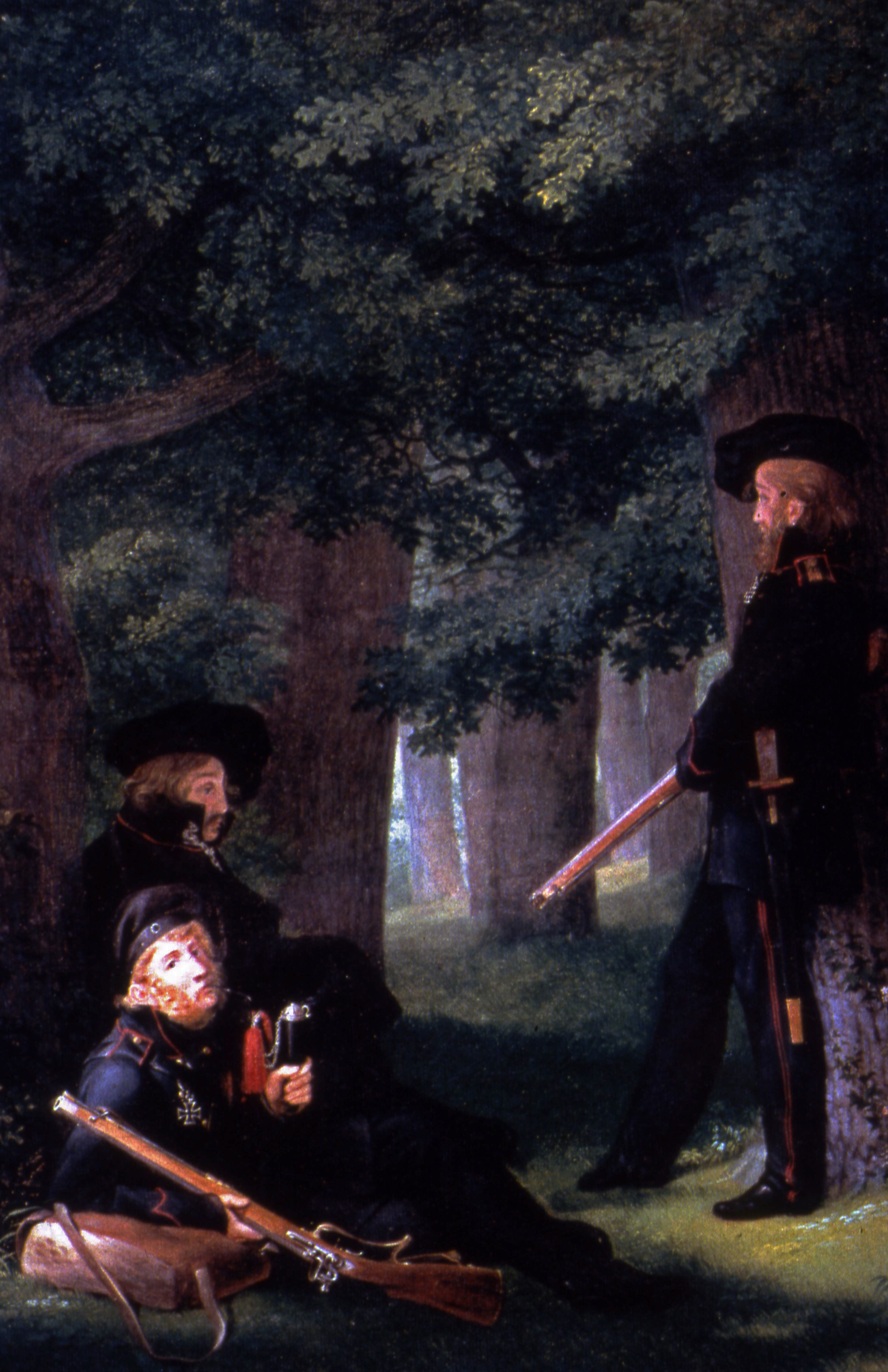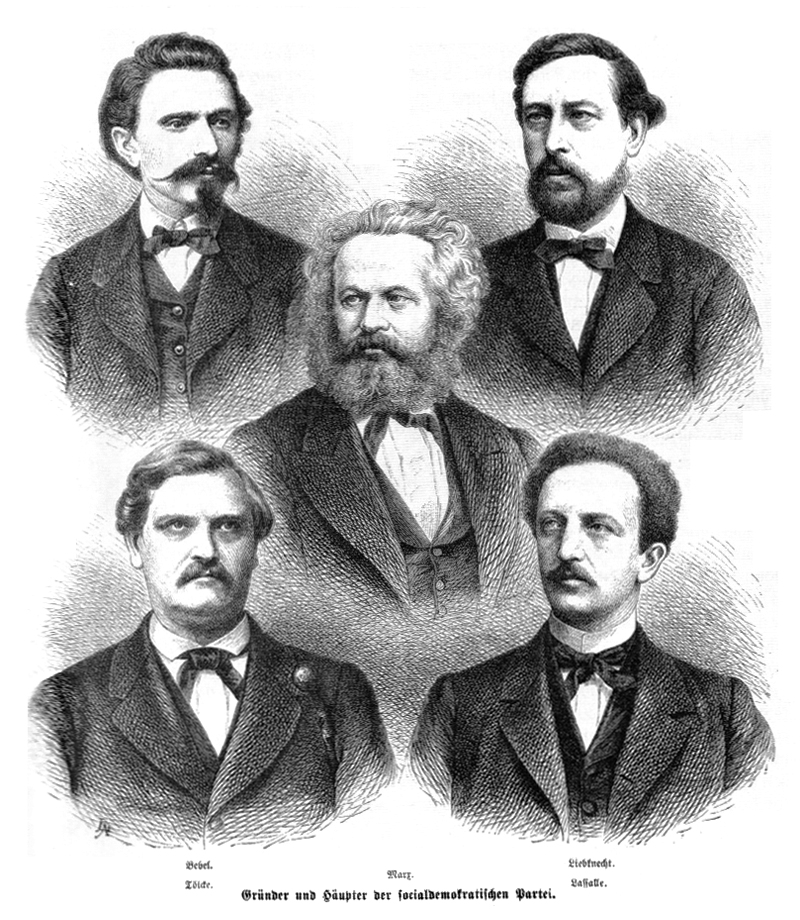|
Düsseldorf-Oberkassel
Oberkassel () is a part of Düsseldorf's Borough 4 (Düsseldorf), Borough 4. Oberkassel lies on the west side of the river Rhine, the opposite side of the central district of Düsseldorf. It has an area of , and 19,052 inhabitants (2020). Oberkassel is an economically well-situated borough with an average income of 61.465 EuroStatistisches Jahrbuch 2010 für Düsseldorf and an unemployment rate below 5%. Nearly half of the households in Oberkassel are single households. The average age is about 45 years. History The settlement Düsseldorf-Heerdt, Heerdt was first mentioned was in the 9th century CE. *1898: The Oberkassel Bridge between Düsseldorf-Heerdt and Düsseldorf was opened. *1909: Heerdt, and with Heerdt Oberkassel, became a part of Düsseldorf. *1920: Following the use of the Freikorps by the German Social Democratic Government, Oberkassel was occupied by Belgian Army, Belgian troops. *1945: The bridge was nearly captured by American troops disguised as Germans. It ... [...More Info...] [...Related Items...] OR: [Wikipedia] [Google] [Baidu] |
Borough 4 (Düsseldorf)
Borough 4 () is a Boroughs of Düsseldorf, borough of Düsseldorf, the state capital of North Rhine-Westphalia, Germany. It covers an area of 12.62 square kilometres and has about 45,000 inhabitants (2020). Borough 4 is the city's only borough on the west bank of the Rhine and its quarters are popular residential areas. Across the river, it shares borders with Düsseldorf boroughs Borough 5 (Düsseldorf), 5, Borough 1 (Düsseldorf), 1 and Borough 3 (Düsseldorf), 3. West and South-west, the borough is bordered by Rhein-Kreis Neuss and the city of Neuss. Subdivisions Borough 4 is made up of four ''Stadtteile'' (city parts): Economy The borough is home to the headquarters of Vodafone Germany, bakery chain Kamps (company), Kamps, world-leading tea bag producer Teekanne as well as the Rheinische Post publishing house. Places of interest Arts, culture and entertainment * Largest Fair on the Rhine (only during July) Landmarks * St. Antonius, Oberkassel Parks and open ... [...More Info...] [...Related Items...] OR: [Wikipedia] [Google] [Baidu] |
Düsseldorf
Düsseldorf is the capital city of North Rhine-Westphalia, the most populous state of Germany. It is the second-largest city in the state after Cologne and the List of cities in Germany with more than 100,000 inhabitants, seventh-largest city in Germany, with a 2022 population of 629,047. The Düssel, from which the city and the borough of Düsseltal take their name, divides into four separate branches within the city, each with its own mouth into the Rhine (Lower Rhine). Most of Düsseldorf lies on the right bank of the Rhine, and the city has grown together with Neuss, Ratingen, Meerbusch, Erkrath and Monheim am Rhein. Düsseldorf is the central city of the metropolitan region Rhine-Ruhr, the List of EU metropolitan regions by GDP#2021 ranking of top four German metropolitan regions, second biggest metropolitan region by GDP in the European Union, that stretches from Bonn via Cologne and Düsseldorf to the Ruhr (from Duisburg via Essen to Dortmund). The ''-dorf'' suffix mea ... [...More Info...] [...Related Items...] OR: [Wikipedia] [Google] [Baidu] |
Japanische Internationale Schule In Düsseldorf
is a Japanese international school in Oberkassel, Düsseldorf, Germany. ''Japanische Ergänzungsschule in Düsseldorf'' (デュッセルドルフ日本語補習校 ''Dyusserudorufu Nihongo Hoshūkō''), a Japanese weekend school, is a part of the institution. History It first opened on April 21, 1971 in the Canisiushaus building of the St. Antonius Church in Oberkassel. It served 43 students in grades 5 through 9.Outline of the school " Japanische Internationale Schule in Düsseldorf. Retrieved on 1 January 2014. In 1972 classes for grades 1-4 opened at the Don Bosco School in Oberkassel, with 90 students. That year, the |
Julia Stoschek
Julia Stoschek (born 1975) is a German socialite and art collector. Career Julia Stoschek was born in 1975, the daughter of Michael Stoschek, a German billionaire businessman and chairman of Brose Fahrzeugteile. Stoschek first began buying art in 2003.Anny Shaw (24 March 2016)German collector Julia Stoschek to open satellite space in Berlin''The Art Newspaper''. Her collection features more than 850 works by about 250, mainly European and US artists working from the 1960s onwards and includes video, multi-media environments, internet-based installations and performance. The Julia Stoschek Collection in a former industrial building in Düsseldorf-Oberkassel opened in 2007, and has two floors of exhibition space, over . Within the first ten years from 2007 until 2017, the Julia Stoschek Collection staged 15 exhibitions, including solo shows of Cao Fei (2009), Derek Jarman (2010), Sturtevant (2014), Wu Tsang (2015) and Cyprien Gaillard (2015). In 2016, the Julia Stoschek ... [...More Info...] [...Related Items...] OR: [Wikipedia] [Google] [Baidu] |
Düsseldorf Stadtteil Oberkassel
Düsseldorf is the capital city of North Rhine-Westphalia, the most populous state of Germany. It is the second-largest city in the state after Cologne and the List of cities in Germany with more than 100,000 inhabitants, seventh-largest city in Germany, with a 2022 population of 629,047. The Düssel, from which the city and the borough of Düsseltal take their name, divides into four separate branches within the city, each with its own mouth into the Rhine (Lower Rhine). Most of Düsseldorf lies on the right bank of the Rhine, and the city has grown together with Neuss, Ratingen, Meerbusch, Erkrath and Monheim am Rhein. Düsseldorf is the central city of the metropolitan region Rhine-Ruhr, the List of EU metropolitan regions by GDP#2021 ranking of top four German metropolitan regions, second biggest metropolitan region by GDP in the European Union, that stretches from Bonn via Cologne and Düsseldorf to the Ruhr (from Duisburg via Essen to Dortmund). The ''-dorf'' suffix mea ... [...More Info...] [...Related Items...] OR: [Wikipedia] [Google] [Baidu] |
Düsseldorf-Heerdt
Heerdt is one of the older quarters of the city of Düsseldorf, part of Borough 4. Heerdt and its neighbouring quarters Oberkassel, Niederkassel and Lörick lie on the left side of the river Rhine, opposite to the other districts of Düsseldorf and the central district. Heerdt has an area of , and 12,395 inhabitants (2020). Heerdt is connected to the centre of the city by three bridges, the Oberkassler Brücke, the Rheinkniebrücke and the Theodor-Heuss-Brücke. Cars, bikes and pedestrians can use all bridges. The Oberkassler Brücke is used by some tram and underground lines running between the districts on both sides of the river. There is a direct connection to the motorway 52 heading to Krefeld and Mönchengladbach. The tram lines U70 and U76 connect Heerdt with Meerbusch and Krefeld (and the central districts, too), the line U75 with Neuss. Heerdt was first mentioned in the 11th century. For centuries Heerdt was strongly connected to the neighbouring town of Neuss ... [...More Info...] [...Related Items...] OR: [Wikipedia] [Google] [Baidu] |
Düsseldorf-Niederkassel
Niederkassel is a quarter of the city of Düsseldorf, part of Borough 4. It is located on the west side of the river Rhine, bordering Oberkassel and Lörick. It has an area of , and 6,079 inhabitants (2020). It was connected to Düsseldorf when the Oberkassel Bridge was opened in 1898. It was originally part of the district of Heerdt, until Heerdt became a part of Düsseldorf in 1909. At the start of the 20th century, Oberkassel and Niederkassel were popular places for artist's residences., prompted by the national arts exhibition in Düsseldorf in 1902. In the 1970s, Oberkassel and Niederkassel become a popular place for the Japanese community in Germany to live. In 1973 the permanent facility of Japanese School of Düsseldorf opened in Niederkassel.Überblick über die Schulgeschichte " [...More Info...] [...Related Items...] OR: [Wikipedia] [Google] [Baidu] |
Freikorps
(, "Free Corps" or "Volunteer Corps") were irregular German and other European paramilitary volunteer units that existed from the 18th to the early 20th centuries. They effectively fought as mercenaries or private military companies, regardless of their own nationality. In German-speaking countries, the first so-called ("free regiments", ''Freie Regimenter'') were formed in the 18th century from native volunteers, enemy renegades, and deserters. These sometimes exotically equipped units served as infantry and cavalry (or, more rarely, as artillery); sometimes in just company strength and sometimes in formations of up to several thousand strong. There were also various mixed formations or legions. The Prussian included infantry, jäger, dragoons and hussars. The French '' Volontaires de Saxe'' combined uhlans and dragoons. In the aftermath of World War I and during the German Revolution of 1918–19, , consisting partially of World War I veterans, were raised as para ... [...More Info...] [...Related Items...] OR: [Wikipedia] [Google] [Baidu] |
Social Democratic
Social democracy is a Social philosophy, social, Economic ideology, economic, and political philosophy within socialism that supports Democracy, political and economic democracy and a gradualist, reformist, and democratic approach toward achieving social equality. In modern practice, social democracy has taken the form of predominantly capitalist economies, a robust welfare state, policies promoting social justice, market regulation, and a more Redistribution of income and wealth, equitable distribution of income. Social democracy maintains a commitment to Representative democracy, representative and participatory democracy. Common aims include curbing Social inequality, inequality, eliminating the oppression of Social privilege, underprivileged groups, eradicating poverty, and upholding universally accessible public services such as child care, Universal education, education, elderly care, Universal health care, health care, and workers' compensation. Economically, it support ... [...More Info...] [...Related Items...] OR: [Wikipedia] [Google] [Baidu] |
Belgian Army
The Land Component (, ), historically and commonly still referred to as the Belgian Army (, ), is the Land warfare, land branch of the Belgian Armed Forces. The King of the Belgians is the commander in chief. The current chief of staff of the Land Component is Major-General Jean-Pol Baugnée. Dating back to Belgium's establishment in 1830, the Land Component is the oldest service branch of the Belgian Armed Forces, and is also the largest of the four branches, with approximately 10,000 active military personnel and over 2,000 reservists as of 2022. History Early history The Belgian Army was established in 1830 after Belgium gained independence from the Netherlands after the Belgian Revolution. It was initially expected that as neutral buffer state with borders guaranteed by France, British Empire, Britain, and Prussia, Belgium could avoid the need for an expensive permanent military, relying instead on the part-time militia of the existing (Civil Guard); however, the need o ... [...More Info...] [...Related Items...] OR: [Wikipedia] [Google] [Baidu] |
Wehrmacht
The ''Wehrmacht'' (, ) were the unified armed forces of Nazi Germany from 1935 to 1945. It consisted of the German Army (1935–1945), ''Heer'' (army), the ''Kriegsmarine'' (navy) and the ''Luftwaffe'' (air force). The designation "''Wehrmacht''" replaced the previously used term (''Reich Defence'') and was the manifestation of the Nazi regime's efforts to German rearmament, rearm Germany to a greater extent than the Treaty of Versailles permitted. After the Adolf Hitler's rise to power, Nazi rise to power in 1933, one of Adolf Hitler's most overt and bellicose moves was to establish the ''Wehrmacht'', a modern offensively-capable armed force, fulfilling the Nazi regime's long-term goals of regaining lost territory as well as gaining new territory and dominating its neighbours. This required the reinstatement of conscription and massive investment and Military budget, defence spending on the arms industry. The ''Wehrmacht'' formed the heart of Germany's politico-military po ... [...More Info...] [...Related Items...] OR: [Wikipedia] [Google] [Baidu] |




